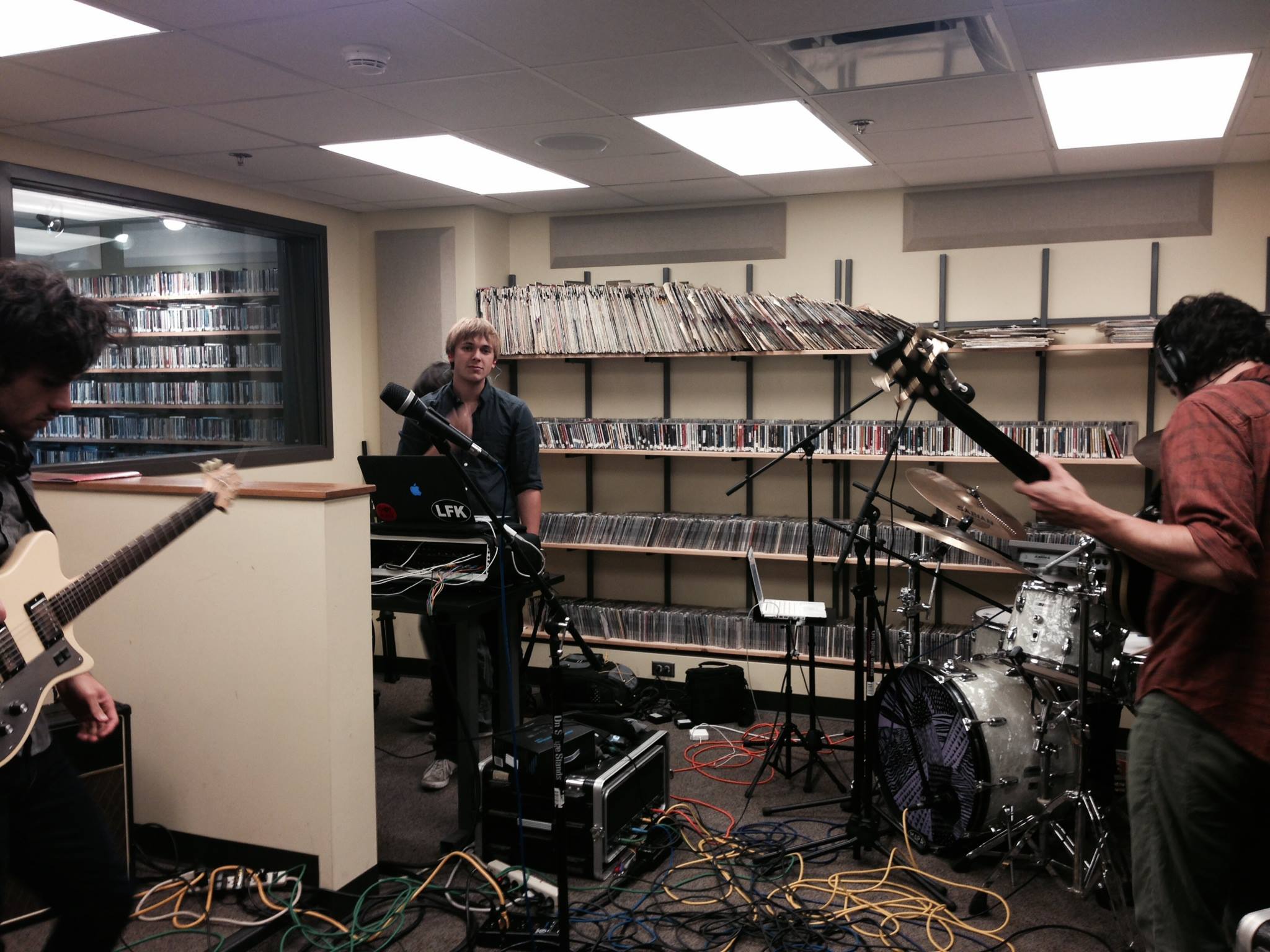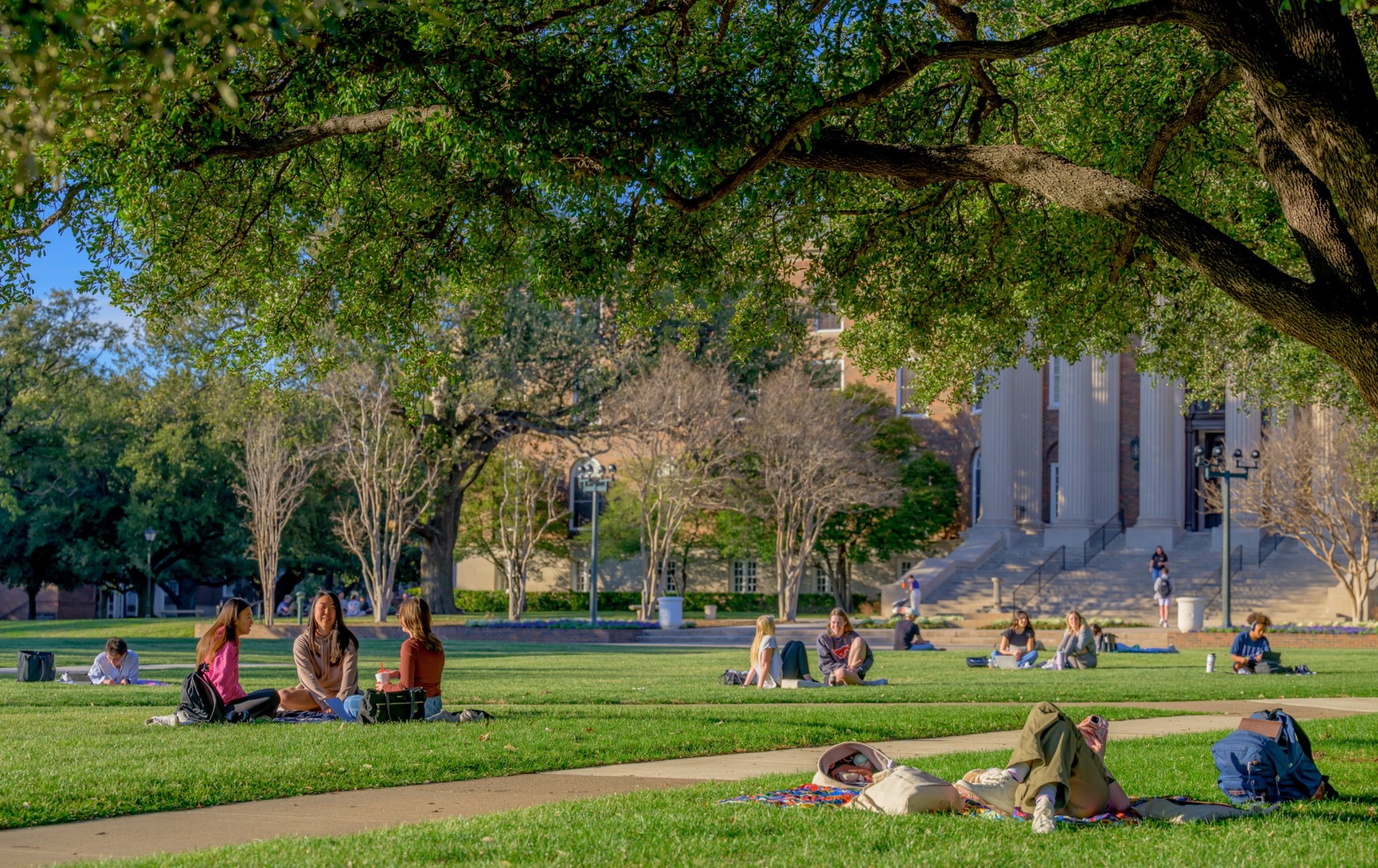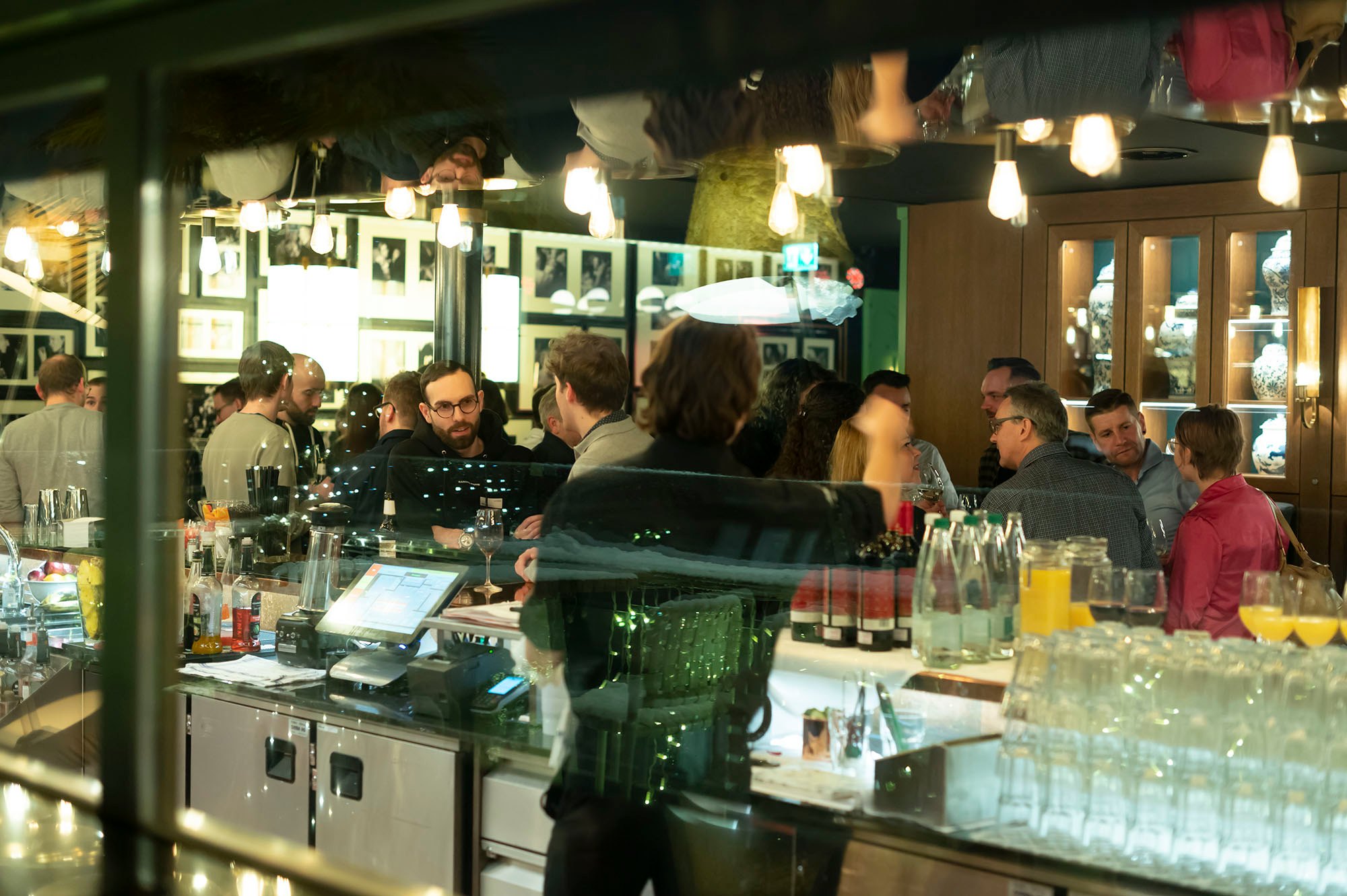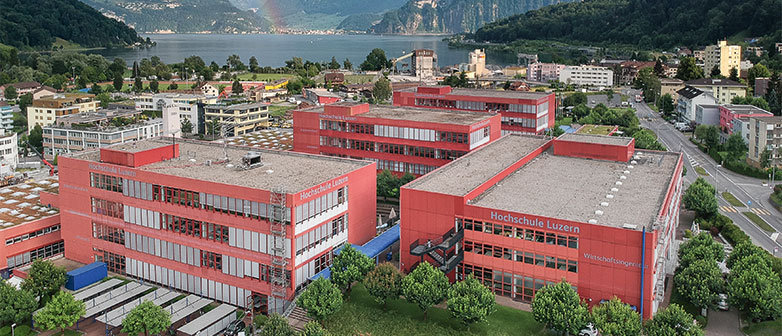Book of Ruth
- Home Page 61

Seed the Future
My D-i-l never wanted to be a farmer’s wife. I think she is killin’ it. pic.twitter.com/uBpRRqhG44
— Leslie (@Hopeleslie1234) August 10, 2024
KJHK 90.7 FM
What a view. What a place. pic.twitter.com/AOzAvxmYok
— University of Kansas (@UnivOfKansas) August 23, 2023
Talk about a perfect night to 🏈 kick off 🏈 football season. pic.twitter.com/ElqIbEjTKP
— University of Kansas (@UnivOfKansas) September 2, 2023
KU’s School of Business received a $50 million commitment from an anonymous donor — the largest donation in the school’s history. The transformative gift supports the school’s ongoing commitment to research and its student success initiatives.https://t.co/ZaohgKnVZ6
— University of Kansas (@UnivOfKansas) September 8, 2023
Southern Methodist University: Real Estate Investment Trusts
All the work we do intervening in technical standards setting to make educational settlements safer, simpler, lower-cost and longer-lasting does not keep pace with the growth rate of the largest non-residential building construction market in the United States which is presently challenged by international demand; but perhaps not for long.
What do REITs actually build on campus?
-
Most university-linked REIT activity is in student housing.
-
Publicly traded REITs (e.g., American Campus Communities, EdR before acquisition) invest heavily in dormitories, apartments, and mixed-use retail.
-
They typically do not build core academic facilities (labs, classrooms) or administrative buildings.
Why do universities use REITs?
-
To outsource capital costs. Universities avoid debt on their balance sheets.
-
REITs finance, build, and sometimes operate student housing under long-term ground leases or Public-Private Partnerships (P3s).
-
Universities see this as a way to expand housing quickly without issuing bonds.
While REITs don’t “overbuild” in the academic sense, they can fuel:
-
Overcapacity in student housing if enrollment projections are wrong or decline.
-
Pressure to approve new beds even as demand flattens or drops.
-
Long-term financial obligations (e.g., guaranteed occupancy rates in P3 contracts) that burden universities if enrollment falls.
- Some universities guaranteed minimum occupancy in REIT partnerships. If enrollment dipped, they had to subsidize empty rooms.
Most overbuilding in core facilities—labs, classrooms, administrative space—has been driven by:
-
Ambitious master plans
-
Competition for prestige
-
Donor-driven construction
-
Misaligned enrollment forecasts
We leave the topic of “Football Field Syndrome” for another day.
Redundant Square Footage
This Washington D.C. – based non-profit’s founding originated at the University of Michigan in the 1920’s and has long since expanded affiliates in several North American regions and states. It maintains one of the most active bibliography on space utilization, curated here to support today’s colloquium.
How Understanding Campus Utilization Rates Can Reduce Your Institution’s Carbon Footprint
“The State of Facilities in Higher Education: Space, Spending, & Staff” (June 2024)
Discusses the tension between campus building stock and declining enrollment, examining the ratio of space-to-enrollment growth, and exploring how institutions are reducing footprint amid surplus space
“Changing the Facilities Backlog Conversation in Higher Education” (July/August 2021)
Covers how colleges manage over 6 billion sq ft of campus space, a deferred maintenance backlog of $112 billion, and strategies (“Catch Up” & “Keep Up”) for dealing with excess and aging space
“Gordian Partners with APPA to Estimate Higher Education Infrastructure Backlog Need” (July 2021)
Details the count of 6.2 billion sq ft in 210,000 buildings, average age nearing 50 years, and current replacement value exceeding $2 trillion—highlighting the need to reassess and reduce physical footprint
“Abstract: Space Planning and Administration” (Body of Knowledge, ~2019)
Describes how some universities manage 20 million+ sq ft on a single site, emphasizing processes to inventory, classify, and efficiently use space, noting underutilized spaces like athletic fields (“football field syndrome”)
“The State of Facilities in Higher Education: Facilities Manager Magazine” (March/April 2025)
While full access is member‑only, the issue’s focus (“Elevating Student Experiences”) includes featured articles on repurposing and rightsizing spaces in response to shifting enrollment.
“Institutional Success” (APPA Thought Leaders Series, circa 2014)
Outlines how reducing campus square footage—such as demolishing 120,000 sq ft of trailers and replacing with 175,000 sq ft centralized facility—can save ~$1.6 M annual maintenance
English as the Standard Language of the Internet
This content is accessible to paid subscribers. To view it please enter your password below or send mike@standardsmichigan.com a request for subscription details.
Acadian Rappie Pie
This content is accessible to paid subscribers. To view it please enter your password below or send mike@standardsmichigan.com a request for subscription details.
Fish and Chips and the British Working Class
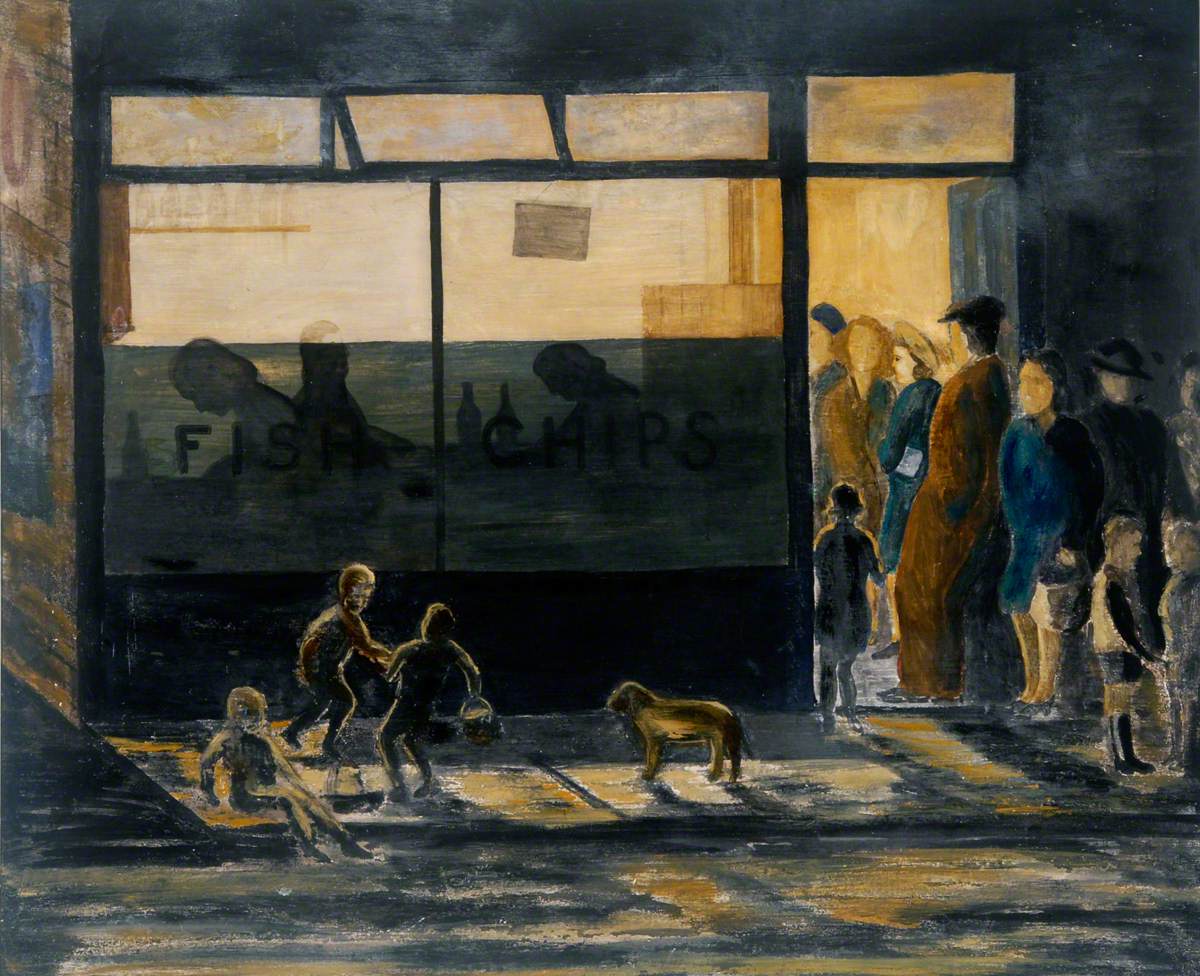
“Fish and Chips” | Fred Laidler (1918–1988)
Fish and Chips and the British Working Class, 1870-1930
“Fish and chips was in many ways the pioneer fast-food industry. It became an essential component of working-class diet and popular culture in parts of London, and over wide areas of industrial midland and northern England and southern Scotland, in the early decades of the twentieth century…I propose to argue that the fish and chip trade was not only important enough in itself to justify sustained historical analysis, but also that it provides a useful vantage point for examining important changes in British society more generally.”
— John Walken, 1998, Journal of Social History
In England I’m in a very international community. I’m meeting students attempting to learn English, they are from all over the world. Many have never heard of Jesus, some have heard the name and nothing more. It’s amazing, a kind smile and warm conversation is a perfect pretext… pic.twitter.com/jLiDAc8nlU
— Riley Nuttall (@nuttallriley1) July 11, 2025
Towards Crafting Beer with Artificial Intelligence
Beer was discovered accidentally as a result of grains being left in water and undergoing fermentation. The process of making beer involves converting the starches in grains (such as barley or wheat) into sugars, which are then fermented by yeast to produce alcohol. It was often consumed as a safer alternative to water, which could be contaminated with disease-causing pathogens.
Beer was also used in religious ceremonies and was considered a valuable commodity for trade. Over time, beer-making techniques spread throughout the world, and different regions developed their own unique styles of beer; now supported by artificial intelligence algorithms that analyze chemical compounds to identify specific flavor and aroma profiles for more nuanced flavors.
Towards Crafting Beer with Artificial Intelligence
Marc Bravin, et al
Lucerne University of Applied Sciences and Arts, Rotkreuz, Switzerland
Abstract: The art of brewing beer has a long tradition that dates back to the very dawn of civilization. While the brewing process has been automated to a great extent, the creation of new beer recipes remains the result of creativity and human expertise with only minor support from software to validate chemical constraints. We collected a dataset of 157,000 publicly available recipes from all over the world and created a transformer-based model to support the creative process in brewing by suggesting new beer recipe templates. As a proof of concept, we crafted the IPA “Deeper” along a recipe generated by our model. Over 100 international newspapers and radio stations have reported on the first AI-crafted beer from Switzerland over the past few months. For the first time, this paper reveals the underlying pipeline architecture of eight transformer networks trained end-to-end that made this remarkable success possible.
CLICK HERE for complete paper
There are several international organizations and agreements that set standards for beer production and labeling:
Teen Trades Work-Study
This content is accessible to paid subscribers. To view it please enter your password below or send mike@standardsmichigan.com a request for subscription details.
New update alert! The 2022 update to the Trademark Assignment Dataset is now available online. Find 1.29 million trademark assignments, involving 2.28 million unique trademark properties issued by the USPTO between March 1952 and January 2023: https://t.co/njrDAbSpwB pic.twitter.com/GkAXrHoQ9T
— USPTO (@uspto) July 13, 2023
Standards Michigan Group, LLC
2723 South State Street | Suite 150
Ann Arbor, MI 48104 USA
888-746-3670




